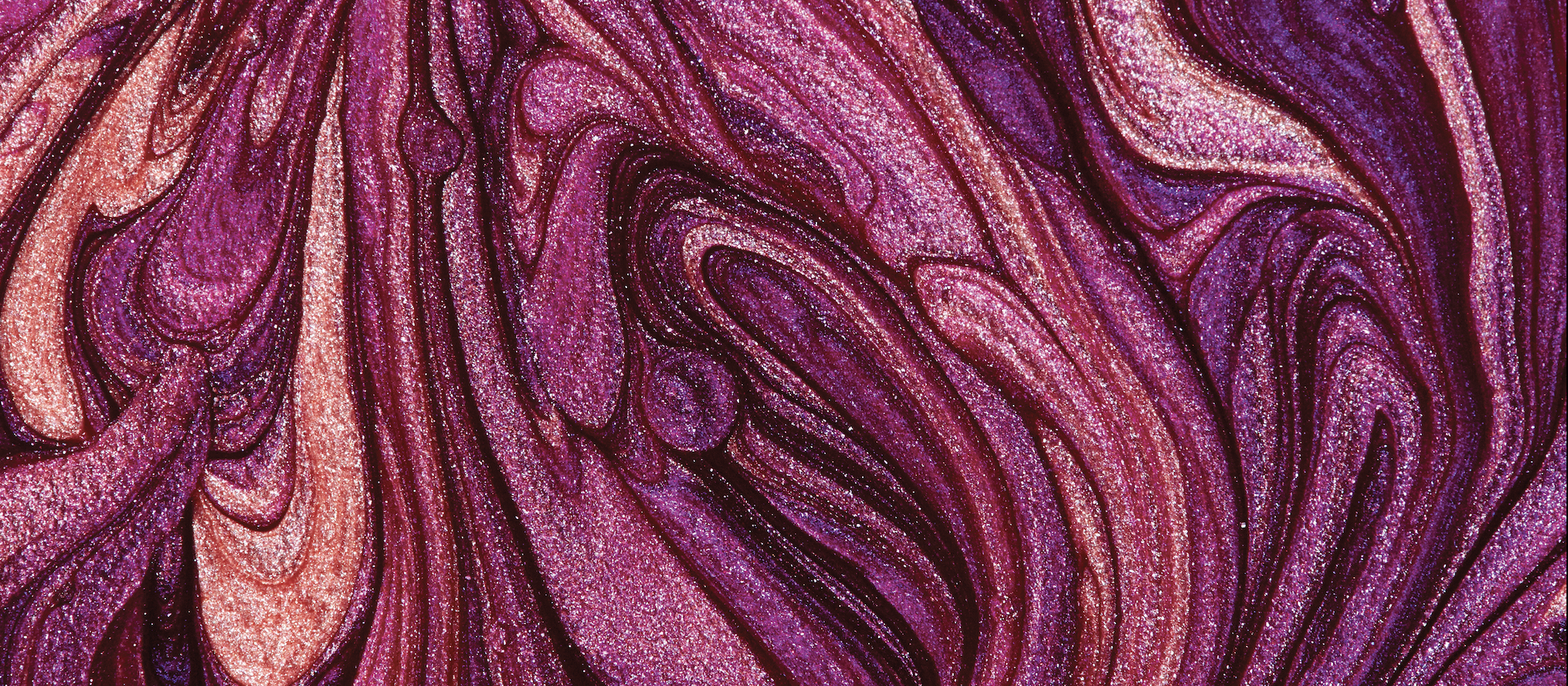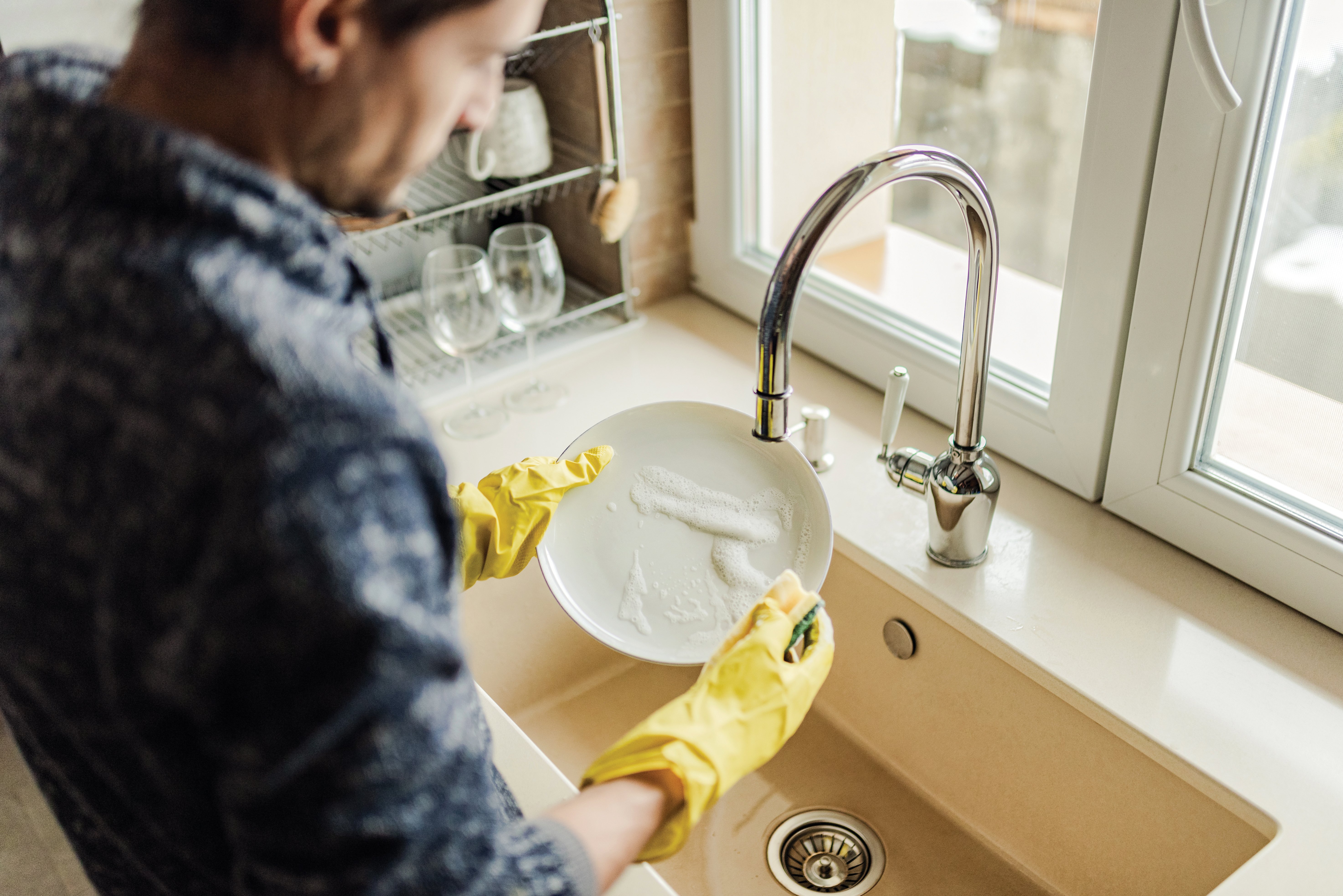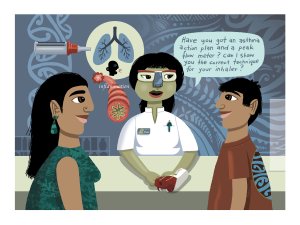Academic pharmacist Nataly Martini discusses the medical management of asthma in adults and adolescents, which has evolved to prioritise early anti-inflammatory treatment. She also explains how to improve patient outcomes by proactively identifying poor asthma control and supporting equitable access to education and treatment
Customer care: Nail biting
Customer care: Nail biting

Occasional nail biting isn’t a problem. But it is more concerning if the behaviour becomes chronic, writes Dunedin pharmacist Darshana Kanjee
Nail biting is common in children and young adults, occurring in about 20–30 per cent of children and up to 40 per cent of teenagers, with most growing out of it. Sometimes, adults pass through short periods of nail biting, and some people do it when they feel hungry or are concentrating. In younger children, the habit may develop from thumb or finger sucking. It can range from occasional biting to deeply ingrained behaviour, developing into a severe long-term problem called onychophagia. This more chronic type of nail biting is associated with mental health disorders.
The most apparent symptom of nail biting is the damage it causes to the parts of the nail, including:
- the keratin nail plate, which covers the nail bed
- the proximal nail fold, which is the protective skin around the base nail plate
- the lateral nail fold, which is the continuation of the proximal fold along the side of the nail plate
- the skin surrounding the nail
- the hyponychium, which is the skin that forms the seal between the nail plate and the nail bed.
People who bite their nails may also experience a range of psychological issues in addition to damaged nail tissue. These include being stressed before biting, a feeling of relief after biting and often embarrassment about the appearance of their nails. Some nail biters are conscious of their habit, whereas some unconsciously bite their nails.
Nail biting may be a way to cope with nervousness, frustration, boredom or low mood. When feeling under-stimulated (bored or frustrated), biting nails feels like it is something to do or feel satisfied with. When feeling overstimulated (nervous or excited), biting the nails could distract from the underlying emotion.
Nail biting can become a chronic habit and affect the appearance of a patient’s hands. Chronic nail biting is known to compromise overall health. People should seek help if they experience the following:
- signs and symptoms of a bacterial or fungal infection of the nail bed
- bleeding, swelling or pain around the nails
- thinning or thickening of the nails that alters the way the nail grows out
- pitting, discolouration or peeling of the nails
- chipped, worn teeth or gum inflammation and infection
- anxiety, intense shame, guilt, and a feeling of not being able to stop that interferes with other areas of their life
- inability to stop despite trying multiple times
- increased frequency of colds and other illnesses from putting nails and fingers, which often carry bacteria or viruses, in the mouth.
Nail biting is not easy to talk about, as it can make patients self-conscious. It can be a source of embarrassment and frustration, so make them feel comfortable discussing it and reassure them that a treatment plan takes time and patience is essential.
Let them know that nail biting is a tough habit to break, especially if it is an unconscious one. It is important not to get discouraged.
A great starting point is identifying potential triggers – either physical, such as a hangnail, or other, such as boredom or stress. Suggest patients keep a log of when they find themselves biting. If they find a pattern, it can be helpful to avoid these situations and go on to develop a plan to reduce the habit over time.
Several approaches can help stop or reduce nail biting.
Keeping the nails short: nail biters are tempted by the length of their nails – if there is nothing to chew, biting becomes less enticing.
OTC bitter nail liquids/polish: these are applied to bare or manicured nails. Let it dry completely, and then re-apply when needed. The bitter-tasting formula discourages nail biters.
Get a manicure: it will keep nails healthy and clean and provides a good reason not to bite and ruin them.
Using chewelery: using a medical-grade chew tool, such as a necklace, may also be useful for both adults and children over five. If the patient is aware of the problem, they can replace it with biting on the necklace.
Using barriers: such as gloves for younger children, or even plasters or tape.
Replacing the biting habit: finding a healthy way to occupy the mouth, such as chewing sugar-free gum, can keep patients distracted; using a stress ball or hobbies that occupy the hands makes it easier to keep them away from the mouth.
Gradually stopping biting nails: this aims to stop biting one fingernail at a time. If successful, a second fingernail is chosen. The endpoint is not biting any nails at all.
A habit usually takes time to break, so patience is important. It’s best to plan a gradual withdrawal rather than trying to stop all at once, and it’s important to choose the best treatment plan for the patient. Trying different methods may be useful to see which works best. Care must be taken for those who take other medicines or have other medical conditions, in which case, they should be referred to the pharmacist.
Putting a stop to a nail biting habit can benefit nail, dental and overall health. These are some good ways to ensure healthy fingernails:
- keep nails clean and dry, as bacteria can form under wet nails and lead to infections
- use rubber gloves to wash dishes and moisturise hands regularly
- use a nail hardener to make the nails stronger
- a good-quality multivitamin and mineral supplement or a hair, skin and nail formula will keep nails healthy as they grow back. Make sure the formulas include biotin, vitamin B12 and folic acid, which are important for nail health
- omega-supplements also help strengthen weak, brittle nails. They may also help reduce inflammation caused by the nail biting
- if the biting is associated with anxiety, taking stress-reducing supplements, such as L-theanine capsules or lemon balm tea, is recommended.
Chloe came into the pharmacy to seek some advice. She was a university student and had noticed she had recently started to bite her nails. It had gotten to a stage where her nails were looking ragged.
She was embarrassed and concerned about how much she was biting her nails, wanting advice on what to do. The first thing was to determine a pattern or a trigger. She felt she was absentmindedly biting them when she sat down to concentrate during study periods. I explained that the habit would take time and patience to break. We decided on using a combi nation of bitter polish applied to the - nails and cuticle area morning and night and sugar-free gum or a stress ball to keep her hands occupied. I told Chloe to come back to let me know how she found this combination.
Chloe returned a week later, saying she was now aware of the times she was biting her nails and its associated triggers. She said she would try to pre-empt the trigger or do something else when she realised. She also mentioned that the bitter polish was helping, as the taste was foul and seemed to linger in her mouth, acting as a deterrent. Keeping her hands busy with a stress ball also helped.
I congratulated her on her aware ness and encouraged her to keep up - the momentum and come back and see me again to let me know how she was going.







